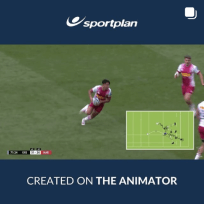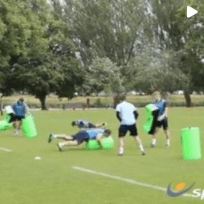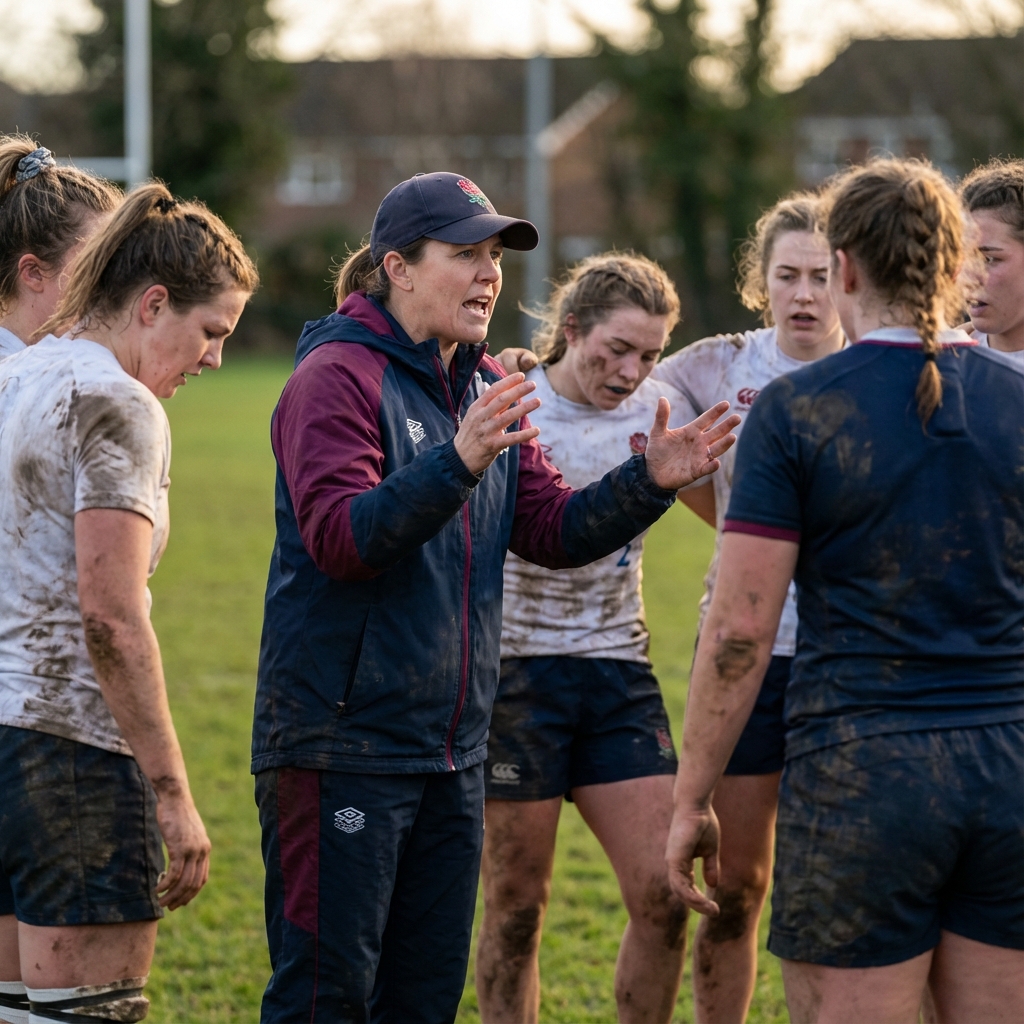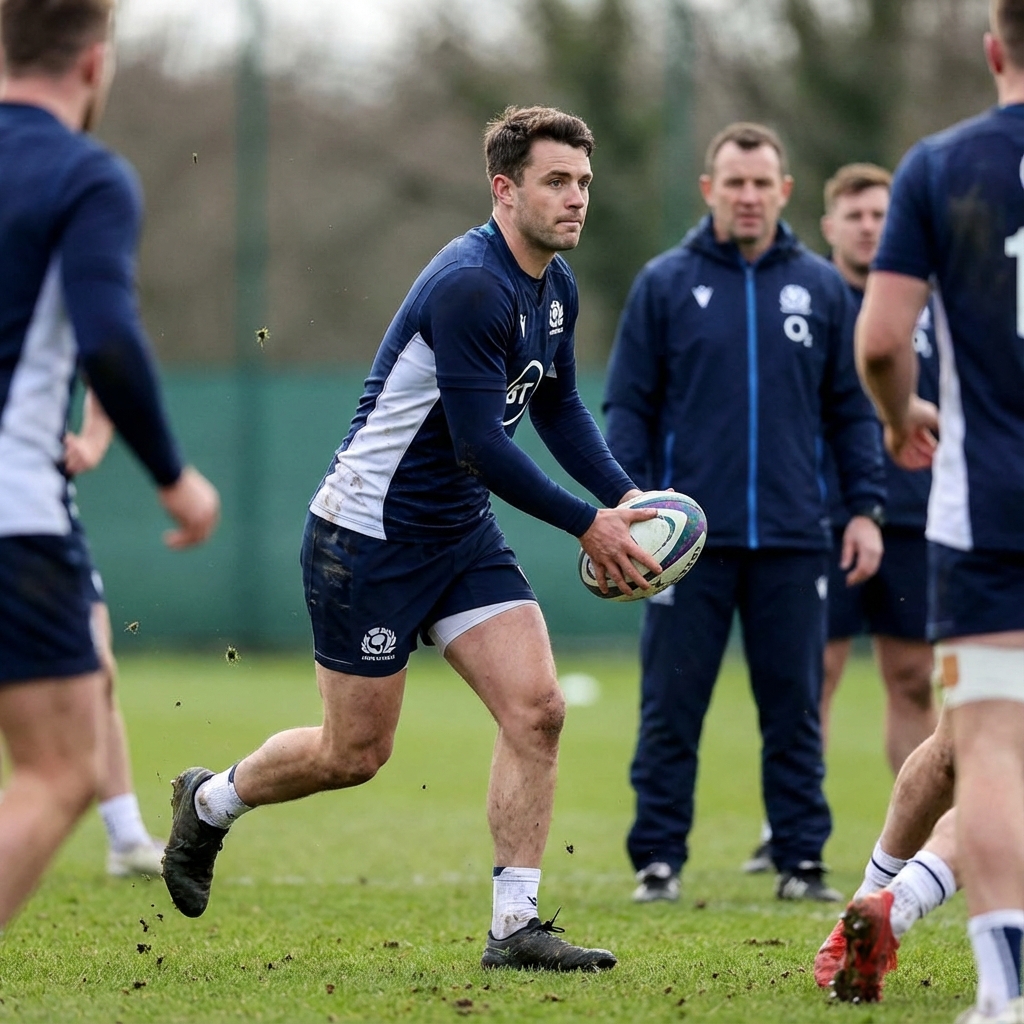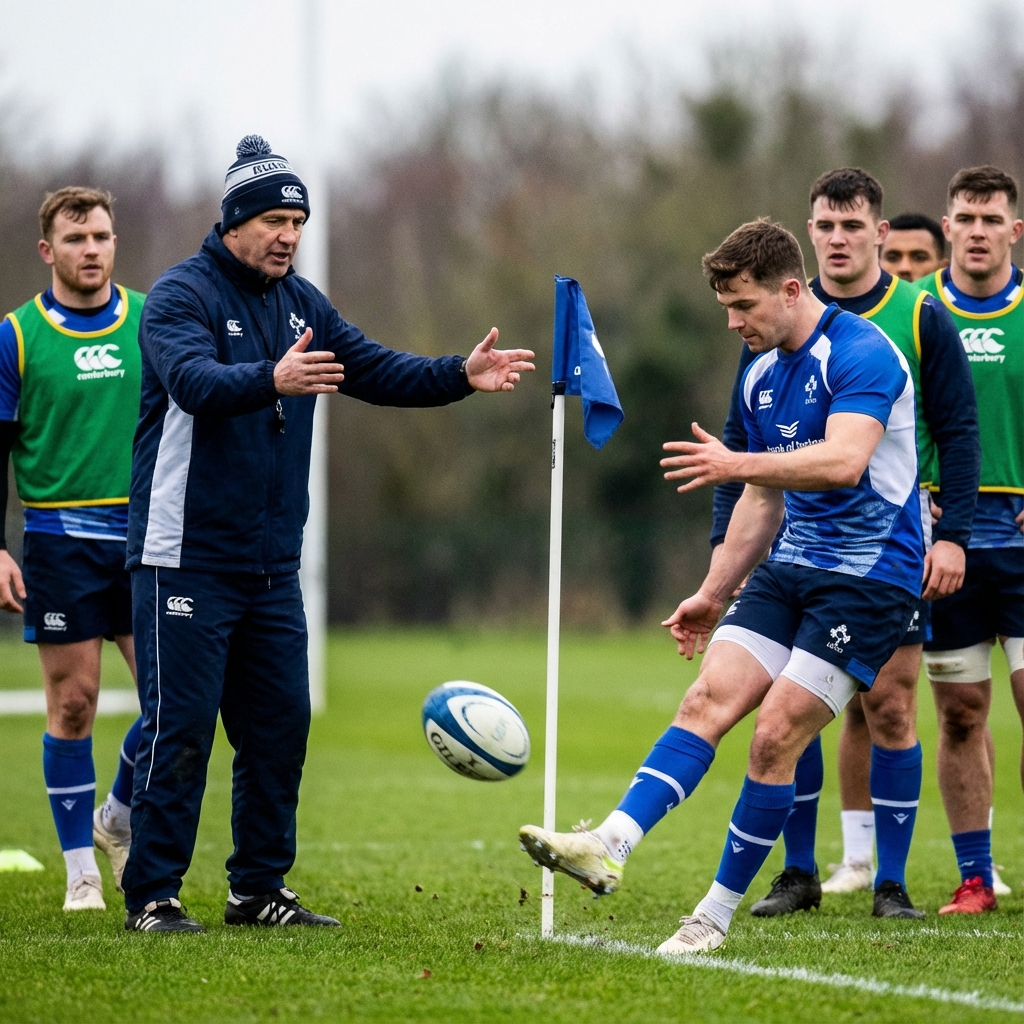Rucking - does a ruck end when defending players back off from contact?
Rucking - does a ruck end when defending players back off from contact? The "successful/unsuccessful end to a ruck" seems to infer that there are still players in contact. If they are not, does the offside line change?
Celeste
If the ball is in a ruck and the defending players back off then the ruck is ended but in reality defenders can only rejoin the ruck from an onside position (behind the rear most foot) and so as soon as they rejoin the ruck a new ruck is formed.
If the defenders back away a referee is not going to allow defenders to enter the ruck position and contest for the ball from an offside position.
The Law on rucks is well explained in IRBLaws.com and here is what it says (with video to help) on the unsuccessful ending of a ruck:
16.7 UNSUCCESSFUL END TO A RUCK
(a) A ruck ends unsuccessfully when the ball becomes unplayable and a scrum is ordered. The team that was moving forward immediately before the ball became unplayable in the ruck throws in the ball. If neither team was moving forward, or if the referee cannot decide which team was moving forward before the ball became unplayable in the ruck, the team that was moving forward before the ruck began throws in the ball. If neither team was moving forward, then the attacking team throws in the ball.
(b) Before the referee blows the whistle for a scrum, the referee allows a reasonable amount of time for the ball to emerge, especially if either team is moving forward. If the ruck stops moving, or if the referee decides that the ball will probably not emerge within a reasonable time, the referee must order a scrum.
I hope this helps you.
Simon
However, further to what simon has posted, a Ruck ends in reality when the referee says it is at an end, so players need to listen to instructions. It is in my experience that the letter of the law is only as good as those regulating it, some referees deem a ruck to be over when its not, and likewise continue to enforce infringement laws when the ball or players have clearly left the engagement zone.
Watching a lot of professional games on Setanta - seems there is a lot less rucking nowadays and a lot of players are backing off a ruck depending where they are on the field. So as Simon has said, they back off, technically the ruck ends. So if there is no ruck, the offside line should change to the line where the ball lies. So the defending players should be able to move up to where the ball is and play it, or the player as soon as the scrum half, for example, picks it up. But (most) aren't . . . but should they be able to?
Celeste
Once a ruck has formed, in my experience, a ref will still judge it as a ruck even if defenders back away - so a defender backing off and then coming round would be deemed offside.
Any refs out there want to comment on this?
Simon
Hi all, In my experience I would always keep the ruck, even if the defeners back away deeming it technically not a 'ruck' any players wishing to gain possession would have to enter through the back foot. Gary









